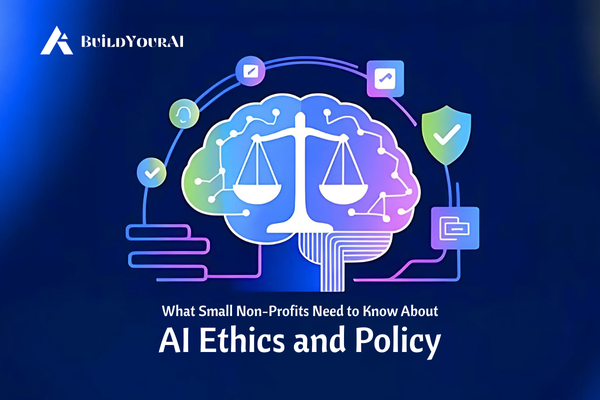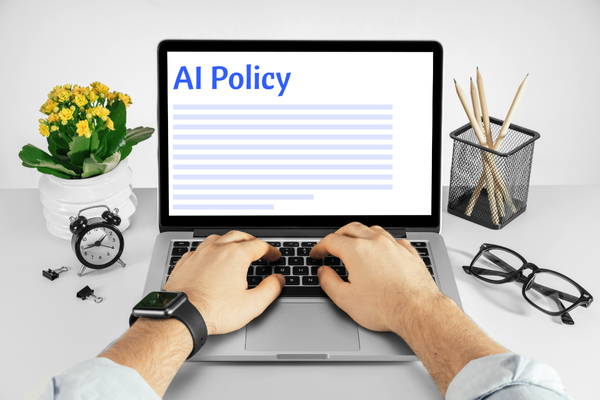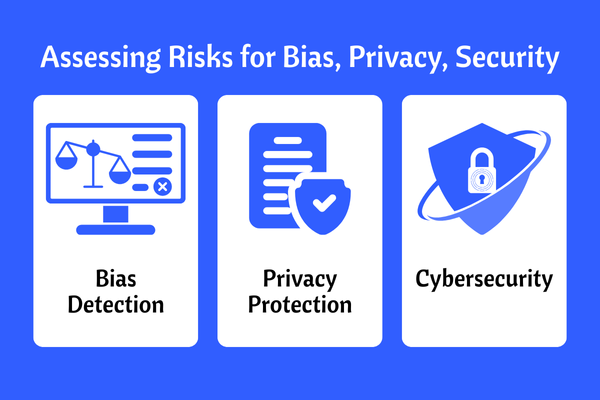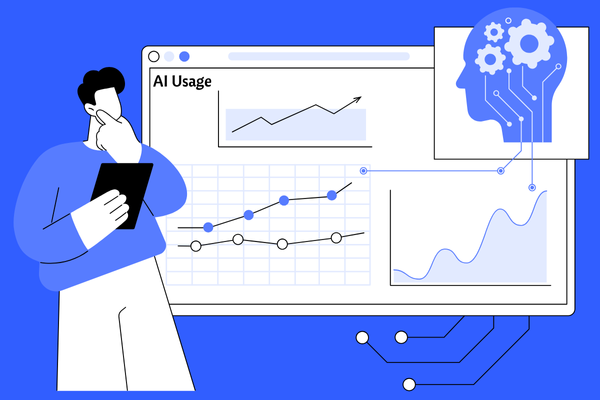
Blog
October 23, 2025 • 2 min read
It’s fascinating to see how AI is becoming easier to use and more available for nonprofits. However, while it opens up some really cool chances for small NGOs to push their missions ahead, there are some new hurdles to think about. Leaders at these organizations really have to find a sweet spot between being creative and staying responsible, ensuring that the AI they bring on board matches up with their values of being open, fair, and trustworthy.
Here’s a simple guide for your nonprofit about putting together an AI policy, recognizing potential risks, and using AI in a smart way that builds trust and transparency with your donors.
Why Small Non-Profits Need AI Ethics and Policy Right Now
With the rise of AI tools like low-code platforms, chatbots, predictive analytics, and donor engagement automation, even the smallest teams can tap into machine learning. But this newfound power also means leaders need to look at some tough questions:
- Are these technologies fair?
- How is the data of donors and beneficiaries being used?
- What risks might be slipping through the cracks, such as bias or cyber threats?
For small organizations, the stakes are pretty high. Problems with trust, PR blunders, and legal issues can really take a toll and drive up costs. That’s why it’s so important to establish ethical guidelines right from the beginning.
Step 1: Drafting an AI Policy for Small Non-Profits

Even if you’ve got just one tech-savvy volunteer on your “AI team,” drafting an AI policy is super important. Imagine this policy as a sort of living document that lays out how your organization plans to pick, roll out, and keep an eye on AI solutions. A solid AI policy for small groups should cover:
- Purpose and Scope: What types of AI applications will you use, and for what reason? Examples might include donor segmentation, chatbot support, or program analytics.
- Accountability: Who will oversee AI within the organization? Even small teams can appoint an “AI lead.”
- Data Handling: Clearly state what data you collect, who can access it, how long you’ll keep it, and when it will be deleted.
- Transparency: Promise to inform donors and users about how AI is being utilized (and why). Make this information part of your public materials, annual reports, and privacy policies.
- Review Process: Schedule regular check-ins, either quarterly or annually, to update your policy as technology and regulations evolve.
Additionally, if you get your AI agents to stick to the rules laid out in this AI policy, making sure they respect fairness, privacy, accountability, and transparency, that’s definitely a wise move. It makes sure that your AI tools not only back up what you’re all about but also keep your community’s trust intact.
Putting together a simple policy template can really help unite everyone involved, whether they’re board members or volunteers, so everyone gets on the same page and talks about AI in a way we can all agree on.
Step 2: Assessing Risks for Bias, Privacy, Security

When diving into AI for nonprofits, small organizations need to face specific risks:
- Bias and Fairness: AI can unintentionally carry forward social biases from its training data, which could impact everything from program eligibility to fundraising efforts. To tackle this bias, here’s what you can do:
- Check out third-party tools to spot signs of ethical design.
- Whenever possible, test how fair the outcomes are—like, does the chatbot treat different donor groups equally?
- Make sure your data is diverse and inclusive by regularly looking over and refreshing your datasets.
Now, let’s chat about privacy. Donors, volunteers, and beneficiaries trust you with some pretty sensitive info, and AI systems often gather a ton of detailed data.
- Only collect what you really need.
- Be clear about what data you’re gathering and how you plan to use it.
- Even if you’re using free or budget-friendly tools, don’t skip on encrypting data and setting up access controls.
Then there’s the whole security angle. With more AI tools, there’s a bigger chance of cyber threats.
- Update your passwords and who has access regularly.
- Stick with trustworthy tools known for their security, look for things like SOC2 compliance.
- Provide some basic cybersecurity training for your staff and volunteers, an informed crew can really help prevent a lot of breaches.
Step 3: Building Donor Trust Through Responsible AI Use

Transparency is key when it comes to trust. Leaders ought to do more than just check boxes; they should enlighten donors and stakeholders about what’s going on:
- Clearly outline why and how you’re using AI, whether it’s for fundraising, measuring impact, or outreach.
- Share your AI policy and keep folks in the loop about the performance of those AI tools, including wins and the lessons learned along the way.
- Encourage feedback and create channels where donors, staff, and beneficiaries can voice their thoughts, questions, or concerns.
Using AI responsibly isn’t just about dodging risks; it’s also a golden opportunity to let your organization shine. When donors see that you’re handling their data thoughtfully, they’re more likely to chip in generously and stick around for the long haul.
Final Thoughts: Making Ethics Work for Small Teams
Small non-profits don’t need a huge team of lawyers or data experts to play nice with AI. What really counts is having transparent AI systems, clear intentions, practical policies, and keeping those conversations going. By starting small, like crafting an easy-to-understand AI policy, assessing risks around bias, privacy, and security, and keeping communication open, decision-makers can use AI’s benefits while building the trust that leads to lasting impact.
Ready to uplift your cause and responsibly implement AI for your non-profit? Contact our AI in non-profit experts today for personalized guidance and support.
